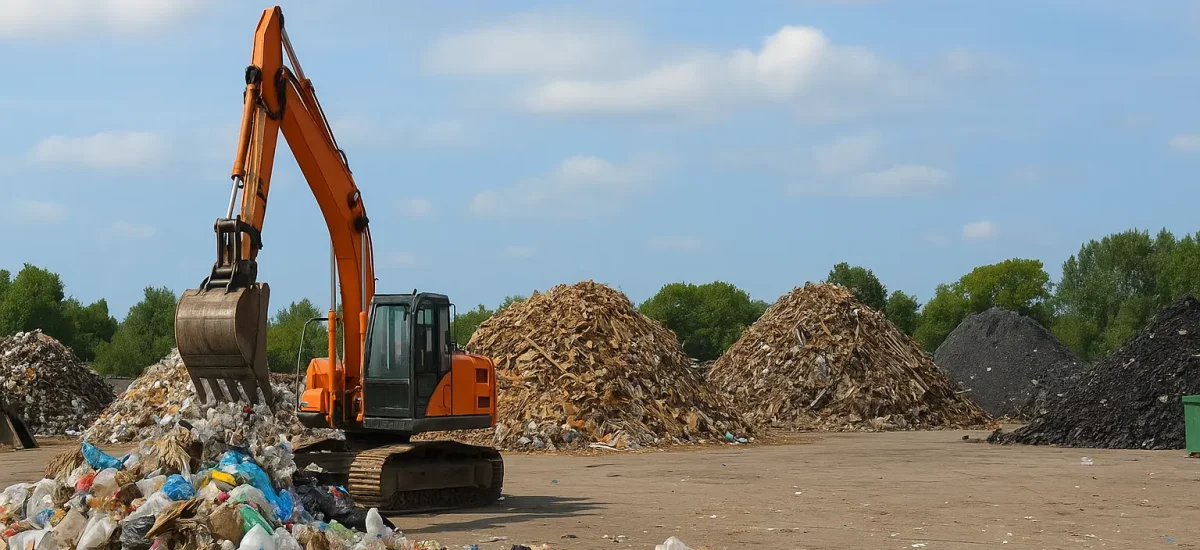I’ve worked with coal ash slurry on two big jobs. Wet boots. Long days. Gray dust everywhere. So yeah, I’ve got thoughts. For the full play-by-play from the field, you can peek at my extended log of that first campaign.
Why review a waste? Because it acts like a product on site. It flows. It clogs pumps. It dries hard. It can help or hurt a project. That matters.
What It Feels Like Up Close
Coal ash slurry is ash plus water. That’s it. It looks like a thin cement milkshake. Smooth and gray. No strong smell. When it dries, it turns to fine powder. Think talc, but heavier. It sticks to your gloves, and it gets under your nails. You learn to live with it. Much of what splashes out is technically fly ash, and I did a deeper dive into how that variety behaves in my hands-on take on coal fly ash slurry.
Is it scary? A bit. Not the look of it. The metals in it. We test and suit up. That’s the rule.
Gear I Actually Used (And Liked… Mostly)
I ran heavy pumps from Weir/Warman. Those things chew through grit. We pulled the slurry through 6-inch hose runs. Valves rattled. You feel it in your ribs.
We used SNF FLOPAM polymer to make the ash clump. A tiny dose made big flocs. Like magic, but not magic—just chemistry.
For dewatering, TenCate Geotube bags did the main lift. Fill. Rest. Drain. Repeat. They did sag like giant gray whales after a storm, but they held.
For lab checks, I used a Hach handheld for turbidity and a YSI meter for pH and dissolved oxygen. Simple, tough tools. I kept extra batteries in a baggie. Rain loves to ruin good plans.
On one test, we ran a Flottweg decanter centrifuge. Loud. Fast. It pulled out solids like a champ. But the power draw made the crew frown. We also tried a small McLanahan filter press. Slow, sure cake. Less mess. More babysitting.
Real Job #1: The Hot Pond Behind the Old Unit
This site sat by a quiet river in the Southeast. July heat. Thunder at 4 p.m. like clockwork. We staged pumps on a floating barge. We dosed polymer in-line and filled two long geotubes on a gravel pad.
What worked:
- TSS (the solids in water) dropped from “looks like chocolate milk” to “clear with a tint.”
- The tubes drained fast the first week. We got excited.
What didn’t:
- Week three, the feed got finer. The ash turned silky. Flocs fell apart. We had to tweak dose every hour.
- The pump ate a bolt. Impeller swap under a tent in the rain? Not my favorite memory.
Neighbors asked if the air was safe. We set up a small dust monitor near the fence and wetted roads every hour. It helped, and folks calmed down. People don’t want promises. They want proof and a hello. The scene brought back memories of Kingston, and I later wrote a straight-talk review of the coal ash spill site after walking the riverbank.
Real Job #2: Cold Weather, Barge Transfer, and a Lesson
Different state. Winter. The slurry came in cold and thick. Think oatmeal. We tried a decanter run ship-side to keep tankers moving.
What worked:
- The decanter pulled a nice cake when the feed stayed steady. We hit a target solids range that made hauling cheap.
What didn’t:
- pH drifted after a load of bottom ash hit the mix. Our polymer crashed. We chased it with soda ash, then paused. I learned (again) to grab a fresh jar test before touching a dial. Faster to sample than to fix a pond.
We sent dewatered ash to a lined landfill. A smaller batch—clean and dry—went to a cement plant for use as fly ash blend. Only after tests. Always after tests. For nuts-and-bolts disposal pointers, see my hands-on review of what worked for me on coal slurry disposal.
Safety, Straight Talk
Coal ash can hold arsenic, selenium, and more. Not always high, but not nothing. I wore a half-face respirator when things got dusty. Tyvek suit when we cut into bags. Nitrile gloves under work gloves. I got lazy once and skipped sleeves. My skin got dry and itchy for a week. Lesson learned. For a deeper dive into best practices and current regulations on sludge materials, I recommend exploring the resources at SludgeSafety.org.
We pulled TCLP samples and total metals. Not thrilling work. Still, that data kept us honest. It also kept the project out of trouble.
The Good Stuff
- It dewaters better than folks think, if you treat it right.
- It sets firm after a day in a geotube. Loader-ready.
- With tight testing, some ash can feed cement. That saves money and space.
- Pumps like Warman take the beating so your crew doesn’t.
If you’re staring at a scarred impoundment and wondering where to start, my first-hand take on coal slurry impoundments might help.
The Rough Bits
- Dust is sneaky when the wind kicks up. It gets on trucks, boots, lunch boxes.
- Fine ash laughs at weak polymers. You need a good jar test and steady dose.
- Storms can remobilize a week’s progress in one hour. We built berms. We still mopped up.
- Community trust is fragile. One loud night shift, and you’re back at square one.
Little Notes That Matter
- Winter makes slurry thicker. Good for dewatering, bad for pumps.
- Summer storms fill tubes fast; plan extra laydown.
- Keep spare impellers and gaskets. You’ll thank me later.
- Label every tote. Polymers look the same and act very different.
- Coffee tastes better after you wash your hands twice. Ask me how I know.
Out on remote sites, the 14-hour shifts can blur together, and the crew sometimes looks for a quick way to decompress after clock-out. More than once, someone would fire up a late-night cam session on InstantChat—an interactive adult stream that loads fast and lets you chat directly with performers—giving the team a few minutes of light-hearted distraction before lights-out and another day knee-deep in gray mud. When the job took us closer to California’s Central Coast, some crew members wanted real-world meetups instead of pixels; the locally focused Doublelist Atascadero classifieds made it simple to browse personal ads and set up low-key, in-person hangouts, saving everyone time and keeping morale higher for the next muddy shift.
And for anyone tasked with daily walks on the pond berms, I pulled no punches in my honest take on a coal slurry pond about the footwork and pitfalls.
Who This Fits (And Who Should Pass)
- Plant managers and contractors: Yes, if you have a real plan, a storm plan, and a people plan.
- Small outfits or DIY folks: No. This isn’t a backyard project. It’s heavy, technical, and regulated.
My Bottom Line
Coal ash slurry is workable, but it makes you earn it. Treat the water, tune the dose, respect the dust, talk to the neighbors. When we did that, jobs ran smooth. When we didn’t, the slurry reminded us who’s boss.
Rating: 5/10 for joy, 8/10 for control when set up right.
Would I take another coal ash job? Yes—if I get a say in the plan and the weather. You know what? I’ll even bring extra batteries.

